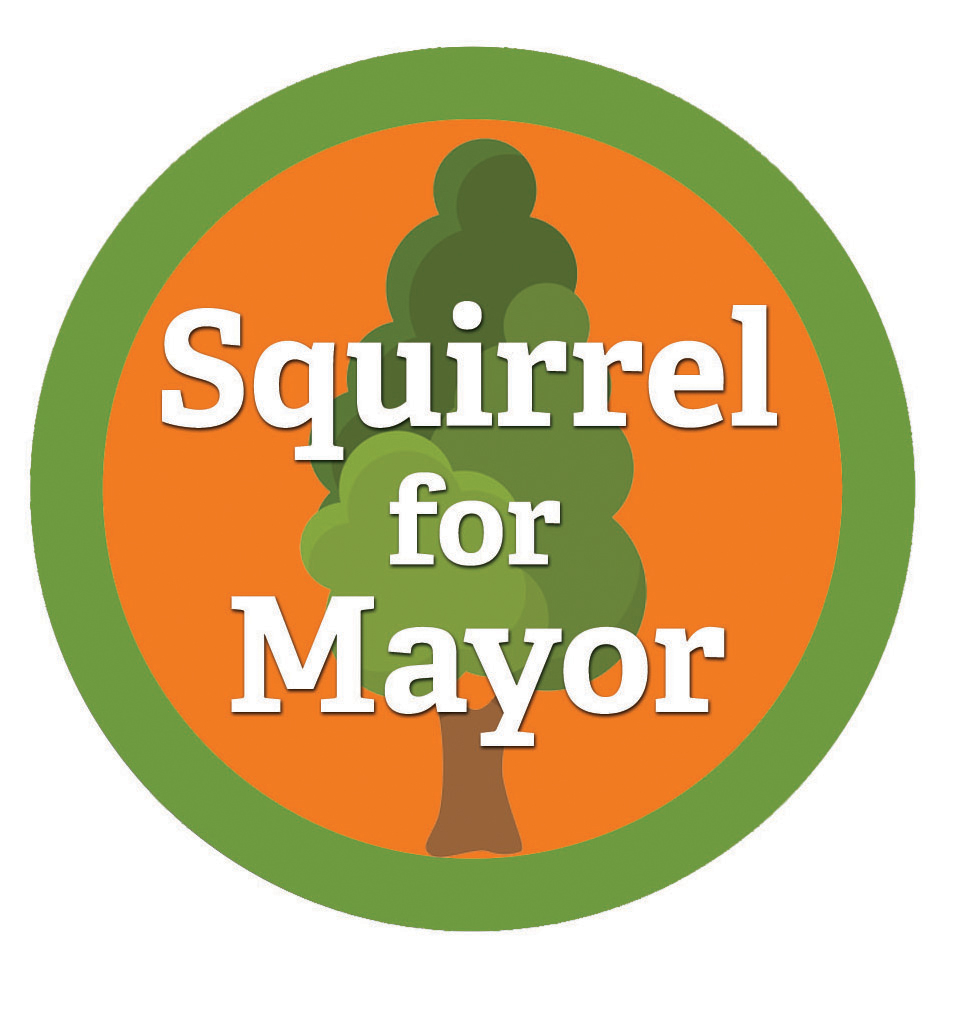2830/2850 Lansdowne Road

This proposed development involves two adjacent lots in the Uplands on Lansdowne Road, located on the north side between Ripon Road and Norfolk Road. Both properties are zoned R-2 Residential Use. The purpose of the application is to permit the proposed construction of a Small Scale Multi Unit Housing development consisting of three homes on each of the two subject properties (two principal buildings and one Accessory Dwelling Unit/per lot), for a total of six residences across the two lots, accessed by a single shared driveway in the middle of the two lots.
At its July 14/’25 presentation to the Advisory Design Panel on Uplands Design and Siting (ADP), Oak Bay planning staff described the development as “six units each having a unique design in a similar style which creates architecturally harmonious appearance”. The individual units would each have their own yard areas demarcated by fences and will appear as six individual homes on a shared driveway. The proposed development is intended to add diversity to the high-quality housing stock in Uplands by offering modern dwelling units with smaller and lower-maintenance yards that are still designed to be in keeping with the elevated architectural character of the neighbourhood.
At the present time it is not known whether the planting plan will meet the 45% canopy coverage target required for R2 zoned properties under the Tree Protection bylaw. OB staff has stated that “given the volume of trees to be replanted, it seems very likely the target will be met or exceeded.
The question remains, however – what type of trees will replace in a smaller lot? It is more likely the will replace large size Garry oaks with a small to medium size ornamental Cherry or Magnolia tree. The development tracker does not provide details on species removed and replaced.
The community petition opposing the development continues to grow with nearly 500 signatures. https://lansdowne.lovable.app/
What we do know, is that the last remnants of Oak Bay’s urban forest are found in the Uplands. This area forms an essential wildlife corridor—linking southern island migration routes to the Government House woodlands and continuing south toward MEEQAN (Beacon Hill Park). It is the ecological lungs of the community, offering critical refuge for both wildlife and people.
Environmental colonialism persists today, but because it is largely unrecorded, it often goes unacknowledged. Some urbanist narratives attempt to neutralize the issue by arguing that, since environmental colonialism is ongoing, there is no responsibility for restitution, repair, or ecological recovery. In doing so, they deflect attention toward “preserving forests somewhere else,” effectively reducing the Garry oak ecosystem to the status of a houseplant—something decorative rather than a complex, place-rooted system.
At the same time, many so-called grey environmentalists approach environmental issues through a narrow anthropocentric lens, focusing almost exclusively on emissions reduction and urban density. Without grounding in ecology, biology, or urban forestry, they may rely solely on arborist reports—which, while useful, are insufficient. Many arborists are new to the region and may not recognize the significance of Garry oak. There is a pervasive belief that trees can simply be replanted, drawing false parallels between intricate ecosystems and fruit orchard replacements in the Okanagan.
With Bill 44 effectively rendering municipal tree-protection bylaws moot, the only remaining line of defence is how municipalities regulate allowable building footprints. In this context, the Uplands becomes a necessary buffer for Uplands Park. The municipality—and the residents of Oak Bay—hold a relational responsibility to ensure the future resurgence of this ecosystem.
The Garry oak is a long-lived keystone species supporting more than 1,645 co-evolved plants, insects, mammals, birds, amphibians, and reptiles. Its preservation is crucial, as the local genetic adaptations embedded within this ecosystem cannot be replaced if lost. Garry oak seedlings are difficult to procure, often sourced from U.S. nurseries and labelled as Oregon oak. These imported trees lack the genetic traits specific to local, pre-colonial Garry oaks. Meanwhile, new developments rarely provide adequate planting space, meaning ecological loss becomes permanent.
Many Garry oaks on private properties in Victoria exceed 250 years in age—qualifying as old growth under BC’s definition. These trees are culturally significant in Lekwungen territory and naturally adapted to drought, heat, and shallow soils. Their ecological services are immense: flood mitigation, cooling in heat waves, biodiversity support, and climate resilience for the region’s most vulnerable residents. Although they may grow within the Uplands, their benefits extend across the entire region.
Consider, for context, the Malahat Highway expansion near Goldstream Provincial Park, where more than 700 trees may be removed—potentially causing permanent 100% salmon habitat loss due to reduced canopy cover and rising stream temperatures. What is often overlooked is that ecological loss is a slow persistence—incremental, cumulative, and largely unnoticed until it becomes irreversible. One tree removed here, a few snags cut there, a patch of understory scraped away for construction—each change feels minor in isolation. On a smaller scale, losing 30 trees on one development lot and 50 to 69 on the next quickly adds up: the equivalent of an entire ecosystem can disappear in fewer than eight such projects.
The Western bluebird became locally extinct here in 1995 following the loss of Garry oak trees and snags. It happened quietly, gradually—an example of ecological loss as slow persistence. And when it finally became visible, it was already too late. Did anyone notice? Did you notice?
Upcoming Council DecisionOak Bay Council will vote on the proposal at the meeting scheduled for:Monday, November 24, 2025 – 7:00 PM Residents wishing to provide input can email Council at – obcouncil@oakbay.ca
